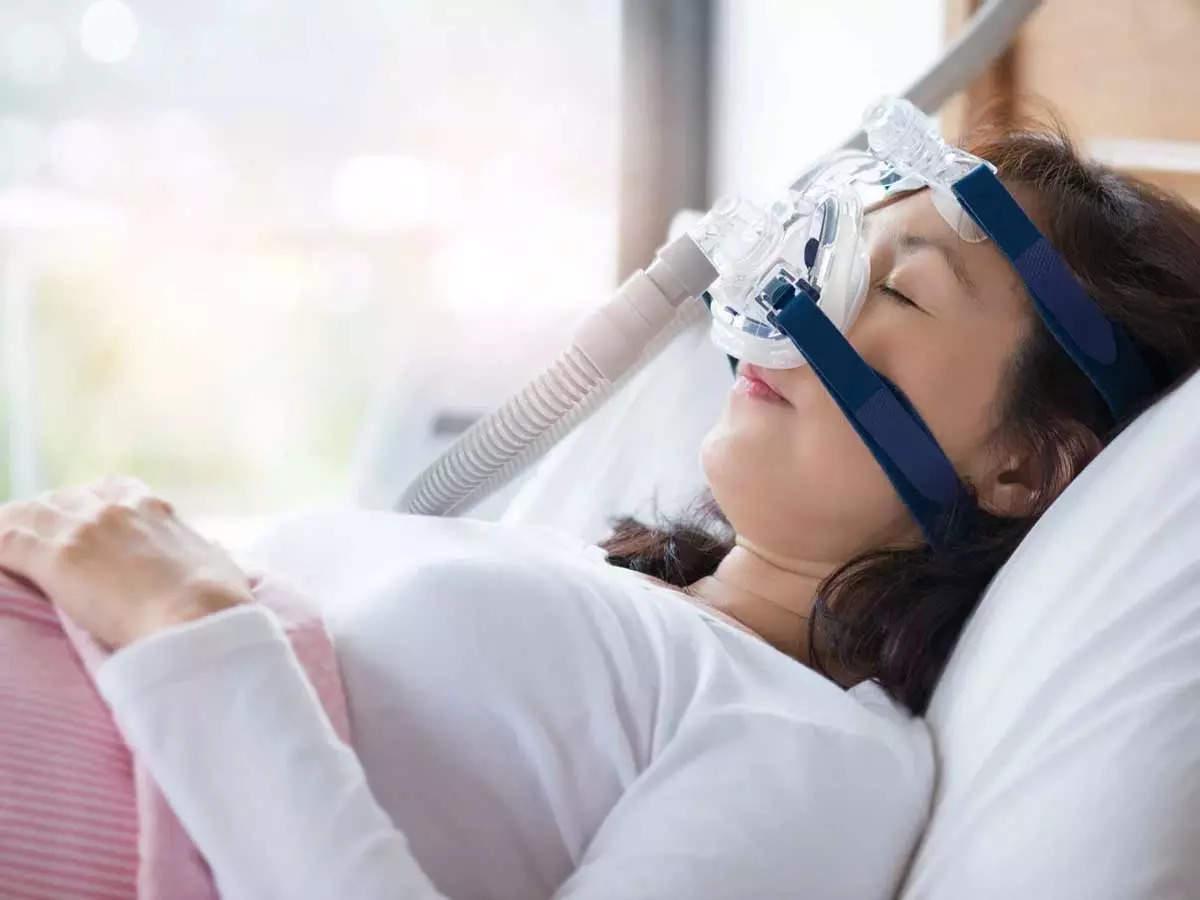Understanding the Different Types of Sleep Apnea Devices

Continuous Positive Airway Pressure (CPAP)
CPAP is considered the gold standard treatment for sleep apnea. A CPAP machine works by delivering a constant stream of pressurized air through a mask worn over the nose, mouth, or both during sleep. The steady air pressure helps keep the throat open to prevent it from collapsing and blocking the airway during sleep. This allows normal breathing to occur through the night.
CPAP machines come with a number of features to ensure user comfort. The mask interfaces with the user in different ways such as a nasal mask covering just the nose, a full face mask covering both the nose and mouth, or a nasal pillow design. CPAP machines are also customized to the minimum pressure needed to keep the airway open for each individual through a prescription determined via a sleep study. Additional features like heated humidification help minimize dryness and irritation that some users experience with dry pressurized air. Proper fitting and adjustment by a sleep professional is important to help ensure comfortable use of CPAP therapy.
Sleep Apnea Device: Oral Appliances
Also known as oral devices or mandibular advancement devices, oral appliances are a non-invasive alternative therapy option for mild to moderate sleep apnea. Oral appliances work by repositioning the lower jaw and tongue slightly forward during sleep to keep the airway open. This involves fitting customized plastic trays or mouthpieces to either the upper or lower teeth to hold the lower jaw in a forward position.
There are a few main types of oral sleep apnea devices, with differences based on how they are fitted and how much they adjust the lower jaw position. One common style is the mandibular advancement splint, which is custom-fitted to the lower teeth and moves the lower jaw slightly forward to prop open the throat. Mandibular repositioning devices are fitted to both the upper and lower teeth for stability. Tongue retaining devices keep the tongue from falling back during sleep by holding it in place.
Surgery
Surgical options for treating obstructive sleep apnea involve opening up the airway rather than managing symptoms like CPAP or oral appliances do. Some common surgical procedures include:
- Uvulopalatopharyngoplasty (UPPP): Removes tissue in the throat like the uvula and part of the soft palate to widen the airway.
- Tracheostomy: Creates an opening in the windpipe below the vocal cords to bypass the upper airway blockage. This is generally a last resort option.
- Maxillomandibular advancement: Moves the lower jaw and upper jaw bones forward via orthognathic surgery to increase the airflow space at the back of the throat.
- Pillar procedure: Inserts small removable implants into the soft palate to strengthen and stiffen the tissue to prevent collapse.
- Tonsillectomy: Removes the tonsils to widen the airway if enlarged tonsils are contributing to blockage. May be used with other procedures.
Surgery for sleep apnea aims to eliminate obstructions at their source but requires recovery time and has risks of side effects or the symptoms returning later on. It is not always fully curative either so follow up treatment may still be needed. Success rates depend on the specific procedure and severity of apnea.
Additional Treatment Options
For mild cases of sleep apnea where lifestyle changes have not provided enough relief on their own, some other supplemental sleep apnea device exist:
- Oral Pressure Therapy (OPT): A custom-fitted mouthpiece that applies a small amount of continuous pressure on the tongue to hold it in a forward position during sleep.
- Expiratory Positive Airway Pressure (EPAP): Delivers pressurized airflow during exhalation to prevent the throat from collapsing on exhalation, similar to how CPAP works.
- Nerve Stimulation Therapy: Uses mild pulses of electrical current applied to neck muscles during sleep to keep the airway open without masks or appliances. Still under investigation for effectiveness.
- Hypoglossal Nerve Stimulation: Implanted device that delivers mild pulses to stimulate the hypoglossal nerve controlling the tongue muscles to protrude the tongue and widen the airway. Requires minor surgery for implantation.
The goal with milder alternative devices is finding the least invasive treatment that provides relief for an individual's sleep apnea severity levels. Ongoing care and monitoring by a medical professional is important regardless of the type of management chosen.
Sleep Apnea Treatment - Choosing the Right Device
In summary, CPAP remains the gold standard first-line therapy for sleep apnea due to its high effectiveness when used properly every night. However, alternative options like oral appliances and newer minimally invasive methods provide suitable alternatives, especially for those unable to tolerate CPAP. The choice depends on factors like apnea severity, other existing health issues, efficacy, comfort level, cost coverage, and individual preference after discussion with a sleep physician. Proper diagnosis and oversight are important to find the treatment method that works best for an individual situation. With consistent use of any prescribed device or therapy, normal, restorative sleep can usually be restored and health risks from untreated sleep apnea reduced.
Priya Pandey is a dynamic and passionate editor with over three years of expertise in content editing and proofreading. Holding a bachelor's degree in biotechnology, Priya has a knack for making the content engaging. Her diverse portfolio includes editing documents across different industries, including food and beverages, information and technology, healthcare, chemical and materials, etc. Priya's meticulous attention to detail and commitment to excellence make her an invaluable asset in the world of content creation and refinement.
(LinkedIn- https://www.linkedin.com/in/priya-pandey-8417a8173/)
- Art
- Causes
- Crafts
- Dance
- Drinks
- Film
- Fitness
- Food
- الألعاب
- Gardening
- Health
- الرئيسية
- Literature
- Music
- Networking
- أخرى
- Party
- Religion
- Shopping
- Sports
- Theater
- Wellness
- IT, Cloud, Software and Technology


